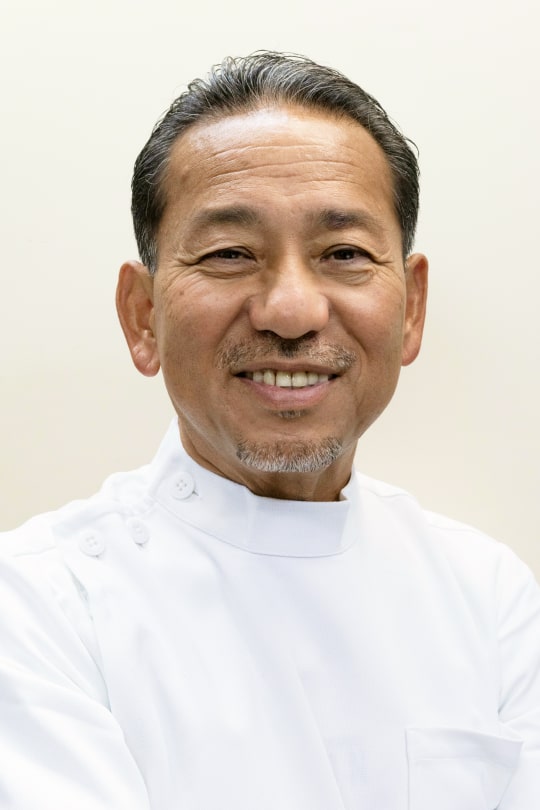We also provide contact lens prescriptions.
table of contents
【東京・池袋】コンタクトレンズ処方
How to make a reservation
Contact lens prescriptions will be filled out in the order in which you arrive.
What to bring on the day
Please bring the following items with you on the day:
- Health insurance card or My Number card
- Test results from other clinics and empty contact lens boxes
- The glasses you normally wear
You may be asked to remove any glasses or contact lenses you normally wear during your appointment, so please bring a container with you.
Contact lens prescription treatment process
reception
When you arrive at the clinic, you will first be greeted at the reception desk. Please let us know your wishes and the purpose of your visit.
Vision test
Your name will be called, so please enter the vision testing room when your name is called. A vision test will be conducted before the examination. If you normally wear vision correction devices (glasses, contact lenses, etc.), you may keep them on.
consultation
We will examine you based on the results of your vision test. We will ask you about your current condition and check the condition of your eyes. You will be asked to remove your glasses and contact lenses, so please bring something to put them in.
accounting
Once your examination is over, you will be asked to pay the bill.
Lens purchase
Hiro Contact & Megane, a contact lens and eyeglasses store operated by our hospital, is located on the first floor of the building in which our hospital is located, so please feel free to stop by and make a purchase.
Periodic inspection
After your first consultation, you will be asked to come in for regular checkups to check the health of your eyes, your vision, and your prescription. If not, we will prescribe medication or change your prescription to the appropriate level.
Types of contact lenses
Hard contact lenses
Hard contact lenses are lenses made of hard plastic material. Hard contact lenses have the following characteristics:
- Smaller than the pupil
- Oxygen in the air easily reaches the eyes
- Since astigmatism can be easily corrected, it is easier to focus than soft contact lenses.
Some people find it difficult to see with soft contact lenses once they get used to hard contact lenses.
Soft contact lenses
Soft contact lenses are contact lenses made of soft materials. Soft contact lenses have the following characteristics:
- Contains a lot of water
- Larger than the pupil
- No discomfort when worn
- Lenses are less likely to slip out or fall out
However, soft contact lenses contain a lot of water and can cause bacterial or fungal infections, so daily lens care and regular examinations are important.
Disposable soft contact lenses
Disposable contact lenses are available in two types: one-day type and frequent replacement type. Since they were approved in Japan, many users have chosen this type due to its convenience and hygienic advantages.
Compared to year-round contact lenses, disposable contact lenses offer much greater protection against infection and provide the cleanliness required for medical supplies.
However, before you know it, this convenience can easily lead to problems, so we believe that regular inspections and compliance with the rules are important.
- Easy to use and easy for beginners to use
- Cleanliness is expected
- Has the benefits of soft contact lenses
- Easily reflects the latest technology
Color contact lenses/circle lenses
Color contact lenses are contact lenses that have been designed with colors and patterns to make them fashionable.
It also serves as a cosmetic correction device for those with missing irises.
Color contact lenses have become widely recognized as a fashion item, but on the other hand, users often lack sufficient knowledge about them as advanced medical products and do not take proper care of the lenses, and there have been reports of problems with eye health.
We are tempted to think of them as a fashion item, but we believe that regular checkups and following the rules are important, just like with regular contact lenses.
- Getting enough nutrients (especially vitamins B and E)
- Relax the muscles around the eyes
- Warm your eyes with a hot eye mask
- Do not use a computer or smartphone for long periods of time
【東京・池袋】コンタクトレンズ処方の治療に関するよくある質問
How long does it take to get a contact lens prescription?
If it's your first time getting a prescription, it will take about an hour because of the time required for the vision test and consultation.
How much does a contact lens prescription cost?
For a first visit, the fee is around 1,100 yen, and for a repeat visit, the fee is around 400 yen.




